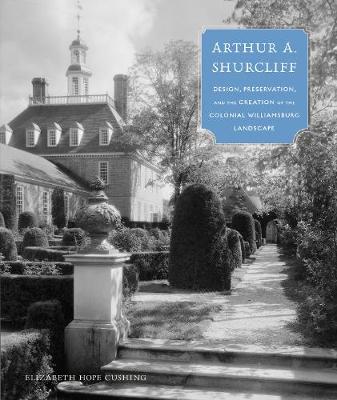In 1928 the landscape architect Arthur A. Shurcliff (1870-1957) began what became one of the most important examples of the American Colonial Revival landscape-Colonial Williamsburg, a project that stretched into the 1940s and included town and highway planning as well as residential and institutional gardens. Shurcliff graduated from MIT with a degree in engineering in 1894 but was drawn to landscape architecture. Because no formal programmes existed at the time, on the advice of Frederick Law Olmsted and with the aid of his mentor, Charles Eliot, he went on to piece together courses at Harvard College, the Lawrence Scientific School, and the Bussey Institute, earning a second B.S. two years later. He then spent eight years working in the Olmsted office, acquiring a broad and sophisticated knowledge of the profession.
Opening his own practice in 1904, Shurcliff emphasised his expertise in town planning, through the years preparing plans for towns surrounding Boston and for several industrial communities. He also designed recreational spaces in and around Boston, including significant aspects of the Franklin Park Zoo and the Charles River Esplanade, one of Shurcliff's major projects in the region.
In this richly illustrated biography, Elizabeth Hope Cushing shows how Shurcliff's early years in Boston, his training, his early design and planning work, and his experience creating an Arts and Crafts-style summer compound in Ipswich led to Colonial Williamsburg, the largest commission of his career and his most significant contribution to American landscape architecture.
- ISBN10 1952620236
- ISBN13 9781952620232
- Publish Date 1 January 2014
- Publish Status Active
- Publish Country US
- Imprint Library of American Landscape History
- Format Hardcover
- Pages 312
- Language English
